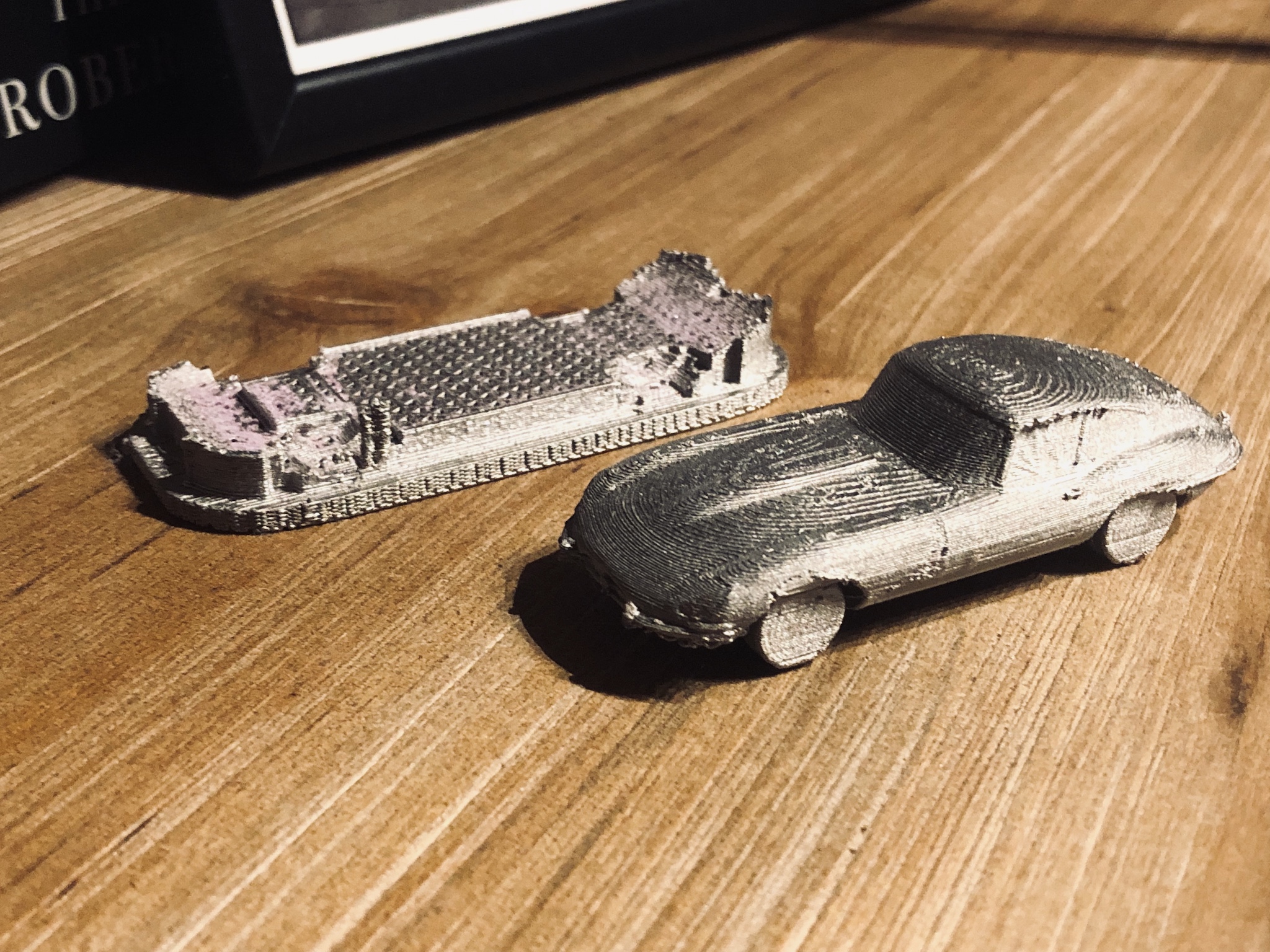Desktop Metal
From 2017-2019, I worked in the Advanced R&D Group at Desktop Metal, where I developed new metal additive manufacturing technologies. Desktop Metal is a great company to work for, and they are always hiring - please check out their careers page!
While I can’t talk about the work I did for Desktop, I can talk about the work that I’ve done with Desktop - or, more precisely, with the help of Desktop Metal’s awesome Studio Printer.
Lathe Gear
I was lucky enough to track down the original chase screw-cutting mechanism for my Ames lathe. Unfortunately, the mechanism was missing one critical part - the gear that links the mechanism to the spindle of the lathe! The gear is a non-standard size, and it was going to be prohibitively expensive to have a new one manufactured by a professional gear shop. Instead, with the help of our awesome Applications Engineering team, I was able to design and print a replacement in 17-4 stainless steel.
Once the gear was printed and sintered, I finish-machined the bore and back mounting shoulder; cleaned up the keyway; and drilled and tapped the keyway retainer set screw. I’ve mounted it on my lathe, and it has worked great so far. While 3D printing doesn’t produce as accurate of a tooth profile as traditional processes like milling or hobbing, it’s more than sufficient for an application like this (low power transfer, unidirectional motion, no precision positioning requirements), and dramatically cuts the time required to produce replacements for non-standard components like this gear.
If you’d like to make your own version of this gear, you can download a STEP file model here. Please contact me if you’d like access to the original source files.
Ring Splint
In September 2018, the Studio System+ was announced, which among other features included a high-resolution nozzle optimized for fine geometries. I took advantage of this new functionality and printed a metal version of an orthotic finger splint that my wife uses, creating a substantially more durable (and more eye-catching) improvement to the existing plastic splint. The surface finish of the splint was already quite fine after printing, but we improved it further by treating the part with a specialized finishing process to take it to a mirror finish.
Jaguar E-Type
When I took my job at Desktop Metal, my dad joked that now I could print him the E-Type Jag that he’s always wanted. When he retired in 2019, I thought it would be an appropriate occasion to do just that…although maybe not at the scale he expected!

